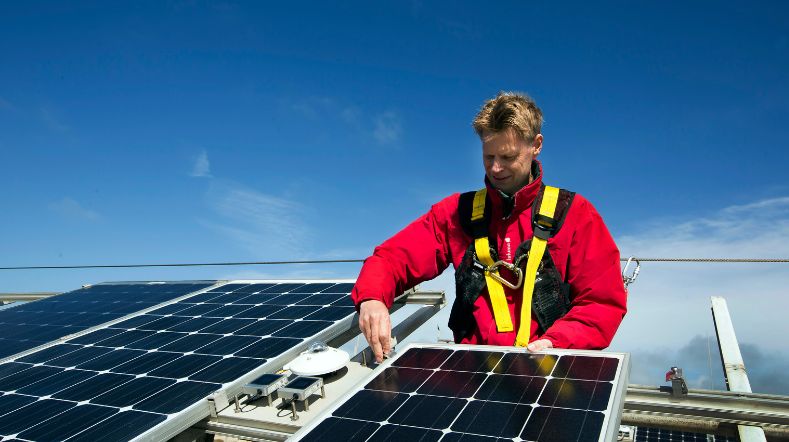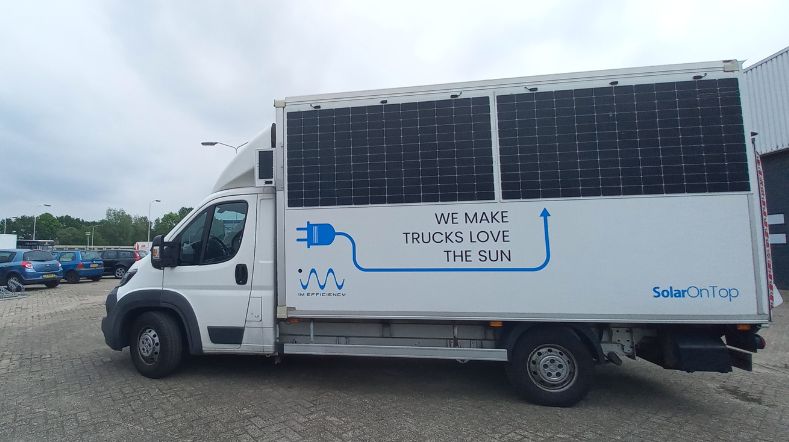
Europe explores potential of solar powered vehicles
An international public-private consortium will address how solar-powered vehicles can support the transition to an all-electric transport system in the EU. The group named SolarMoves and, in addition to TNO (The Netherlands Organization for Applied Scientific Research), includes among others Fraunhofer Institute for Solar Energy Systems, Sono Motors, and IM Efficiency.
This pilot project comes at the behest of the European Commission's Directorate-General for Mobility and Transport (DG MOVE) to explore the potential of solar-powered vehicles and its impact on the electrical recharging infrastructure policy and regulations in Europe in the coming years.
In the coming decade, the EU and Member States have ambitious targets to transition to a zero-emissions transport system. This requires significant investments in car recharging infrastructure. Solar technology for mobility applications can potentially ease this investment and help to overcome some of the challenges users of electric vehicles experience. For instance by diminishing the dependence from recharging Earlier research shows estimates that it’s possible to charge about 25% fewer annually when driving electric vehicles with solar panels installed. In sunny places it can be reduced to as much as 40%.
Growing market
Electric vehicles with solar panels may represent 10% of the entire market in 2030. Several cars with solar cells are in development. Furthermore, already more than 30 truck trailers are driving through Europe, with solar cells on its trailer roof, making commercial transport more sustainable by using solar energy. Next to that, inner-city public transport fleets are already equipped with solar cells to reduce emissions and fuel costs.

Monitoring efficiency to predict required infrastructure
A three-years pilot project will be conducted in which modelling will be combined with and verified by on-the-road monitoring and testing. Various vehicles (cars, trucks, buses, and vans) will be equipped with integrated solar panels. The vehicles will also be equipped with sensors to measure and determine solar irradiation in real-world conditions across Europe.
The results of this monitoring will give insight into the increase in efficiency of electric vehicles when solar technology is integrated and will be used to ascertain the overall potential of this technology and make predictions on the required recharging infrastructure for the potential scenario in which a significant part of the electrical vehicles are equipped with solar modules in the next years. The findings will finally be translated into a set of policy recommendations for the European Commission.
Read more about vehicle integrated PV
Get inspired
The energy system of the future


New production concept enables large-scale custom application of solar film

Smart networks for a future-proof energy system


TNO achieves breakthrough in silicon solar cell metallisation technology: fully copper-metallised silicon heterojunction solar cell


Real-world data confirms potential of vehicle-integrated solar panels


